
Health & Welfare
Estimating total suspended solids in bioflocs by turbidity
Base estimations of total suspended solids on turbidity, a quick, easy and practical unit of measurement to analyze throughout production.
Health & Welfare
La estimación de sólidos suspendidos totales se basa en la turbidez, una unidad de medida rápida, sencilla y práctica para analizar durante toda la producción.

Health & Welfare
Base estimations of total suspended solids on turbidity, a quick, easy and practical unit of measurement to analyze throughout production.

Health & Welfare
To maximize production of both tilapia and shrimp in biofloc polyculture and IMTA production, the two species should be grown separately.
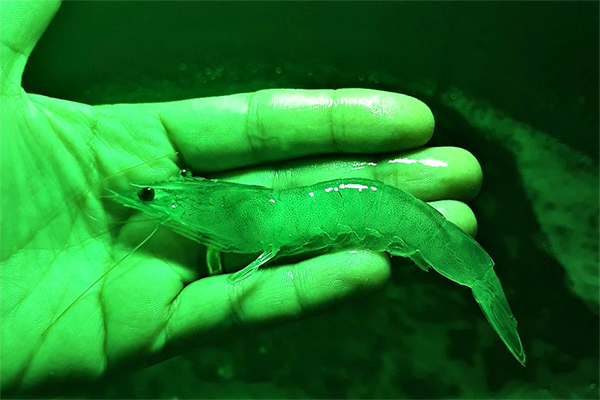
Health & Welfare
Pacific white shrimp reared with green and red lights grew much larger but showed little differences for survival, feed conversion or productivity.
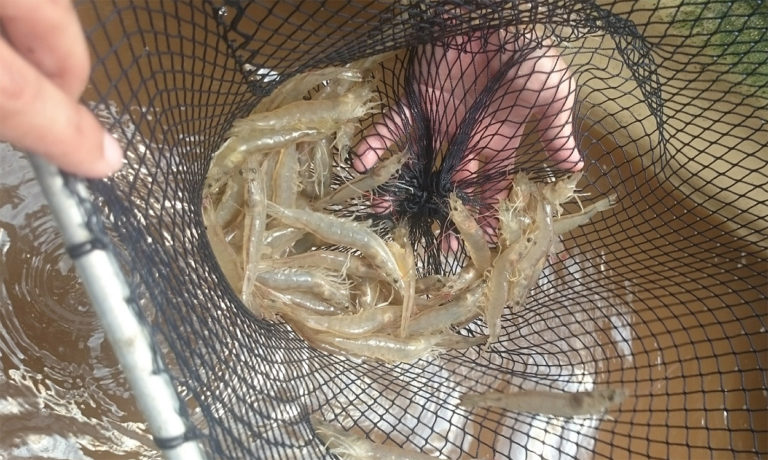
Health & Welfare
Un estudio determinó el rendimiento zootécnico del camarón blanco del Pacífico bajo diferentes regímenes de luz. Los camarones expuestos a la luz tienen mejores parámetros zootécnicos que aquellos con exposición reducida o nula.
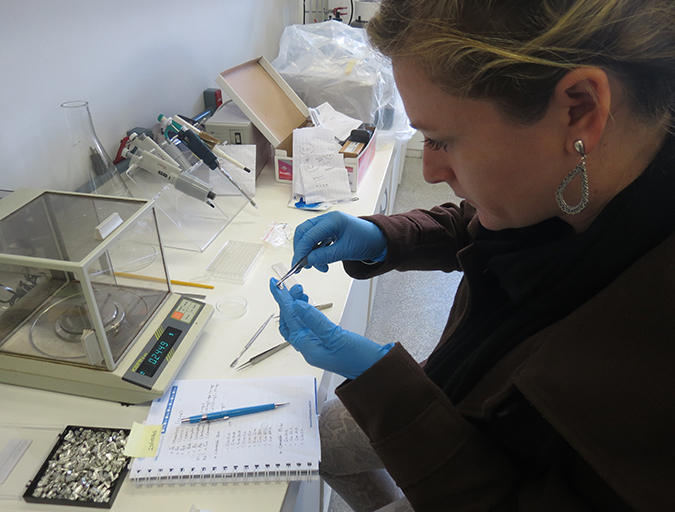
Aquafeeds
The stable isotopes technique with δ13C and δ15N can be used to determine the relevance of different food sources to shrimp feeding during the pre-nursery phase of Litopenaeus vannamei culture. During this trial, different types of commercial feed, microalgae, Artemia sp. nauplii and bioflocs were used as food sources.
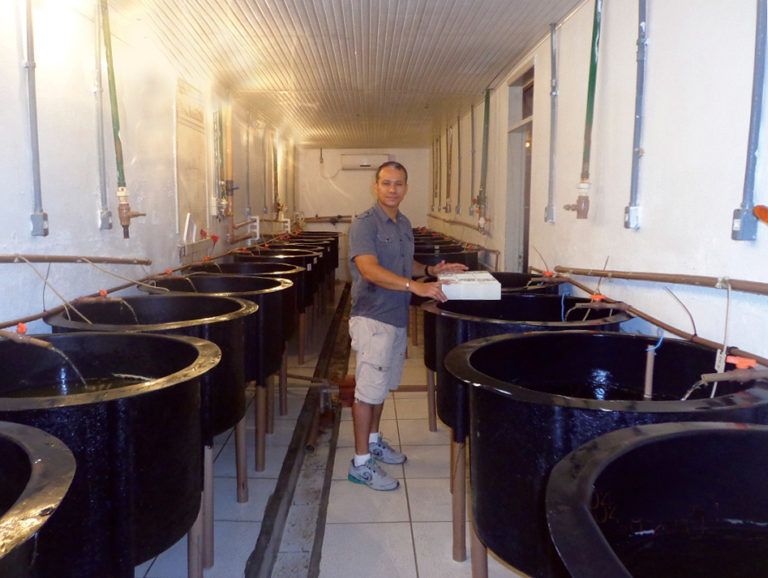
Health & Welfare
The authors performed a study to determine the tolerance of shrimp postlarvae to the crowding effects of high-density stocking in terms of production performance. Postlarvae were stocked in heavily aerated microcosm tanks with biofloc at 1,500; 3,000; 6,000 or 9,000 shrimp/m3. High survival was observed at all densities. Final biomass values increased with higher stocking densities, but there was no significant difference between the 6,000 and 9,000 shrimp/m3 treatments or the 1,500 and 3,000 shrimp/m3 treatments.
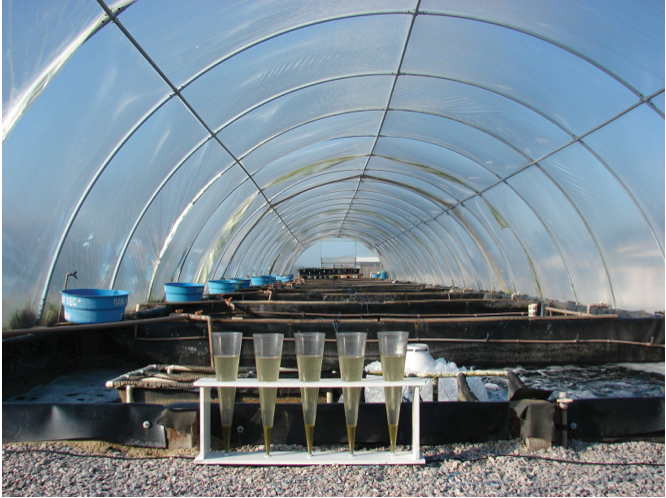
Health & Welfare
In a study, “pre-fertilization” in the nursery phase of a biofloc system for shrimp was tested. The objective was to accelerate the biofloc formation to minimize ammonia concentrations, avoiding high peaks during culture.
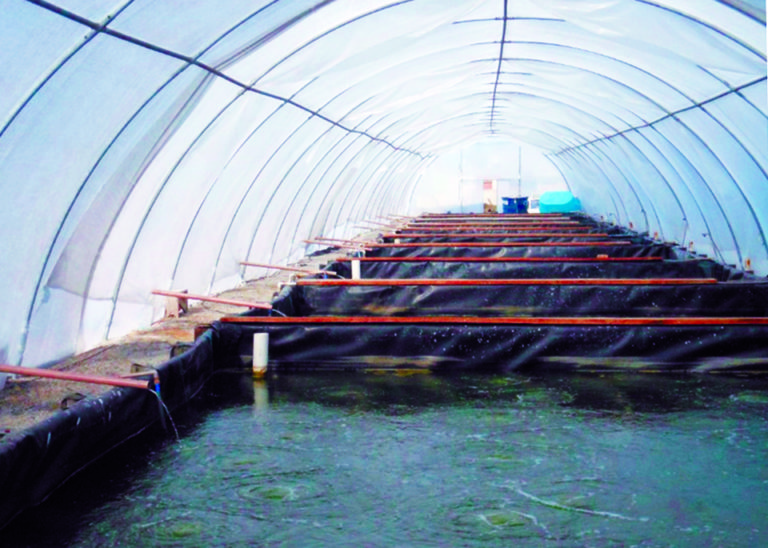
Health & Welfare
The use of biofloc systems for shrimp culture requires monitoring of water quality parameters, particularly suspended solids levels.